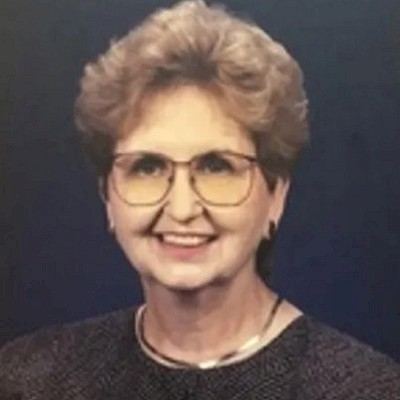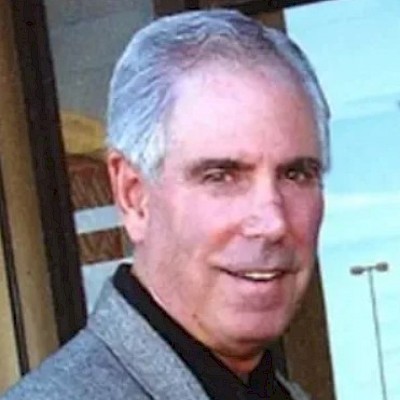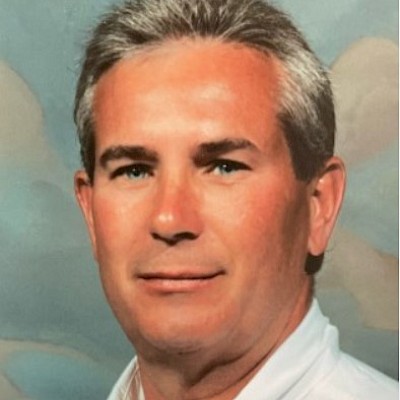
Julia Matchett
Julia (Novesky) Matchett, age 85, of Peachtree Corners, GA, died Feb. 25, 2024 of Parkinson’s Disease complications. Julia was born Sept 28, 1938 in Bay Shore, NY. She was predeceased by her parents, Joseph and Hermina (Fabianek) Novovesky, a brother Ferdinand who died before she was born, an older brother Joseph, and her husband of 58 years, Marshall Wayne Matchett.
She is survived by their children, Glenn Matchett of Melbourne, FL; Sandra Waid (Scott) of Peachtree Corners, GA; Peter Matchett (Cecilia) of Orlando, FL; grandchildren Elizabeth Ascik (John), Christopher Waid (Susannah), Nicholas Waid, and Alexandra Matchett; and a great-granddaughter Lucy Waid.
Julia worked first as a telephone switch-board operator, then after secretarial college worked as a secretary at McGraw Hill and Airborne Instruments Laboratory, where she met Wayne. They moved from Greenlawn, NY, to Satellite Beach, FL, in 1971. They lived there for 50 years. She was a stay-at-home mom to her three kids and was always there for them.
A life-long learner, she took up various skills as an adult such as piano, Chinese cooking, knitting, basket-weaving, and oil painting. She even went to a Slovak language immersion course at a Slovak University in her 60s.
She volunteered for over 30 years at Birthright of Melbourne and Genesis House shelter homes, assisting women in crisis pregnancies. She also managed the Genesis House thrift store and organized the annual Christmas parties.
Always interested in her Czech-Slovak heritage she took multiple tours of her ethnic homeland. She organized an annual Czech-Slovak picnic at Wickham Park for several years.
She enjoyed being in nature with Wayne, and embraced the camping, birdwatching, and flower photography they did together. They enjoyed potluck gatherings and card games with their friends. She followed baseball and March Madness college basketball.
She loved visiting with her grandchildren, cooking, doing jigsaw puzzles, and making paper dolls with them. She always had a pot of chicken noodle soup ready for the kids.
In 2021 Wayne and Julia relocated to Peachtree Corners, GA, to be near their daughter as their health declined.
•
Remembering Julia Matchett
Use the form below to make your memorial contribution. PRO will send a handwritten card to the family with your tribute or message included. The information you provide enables us to apply your remembrance gift exactly as you wish.







